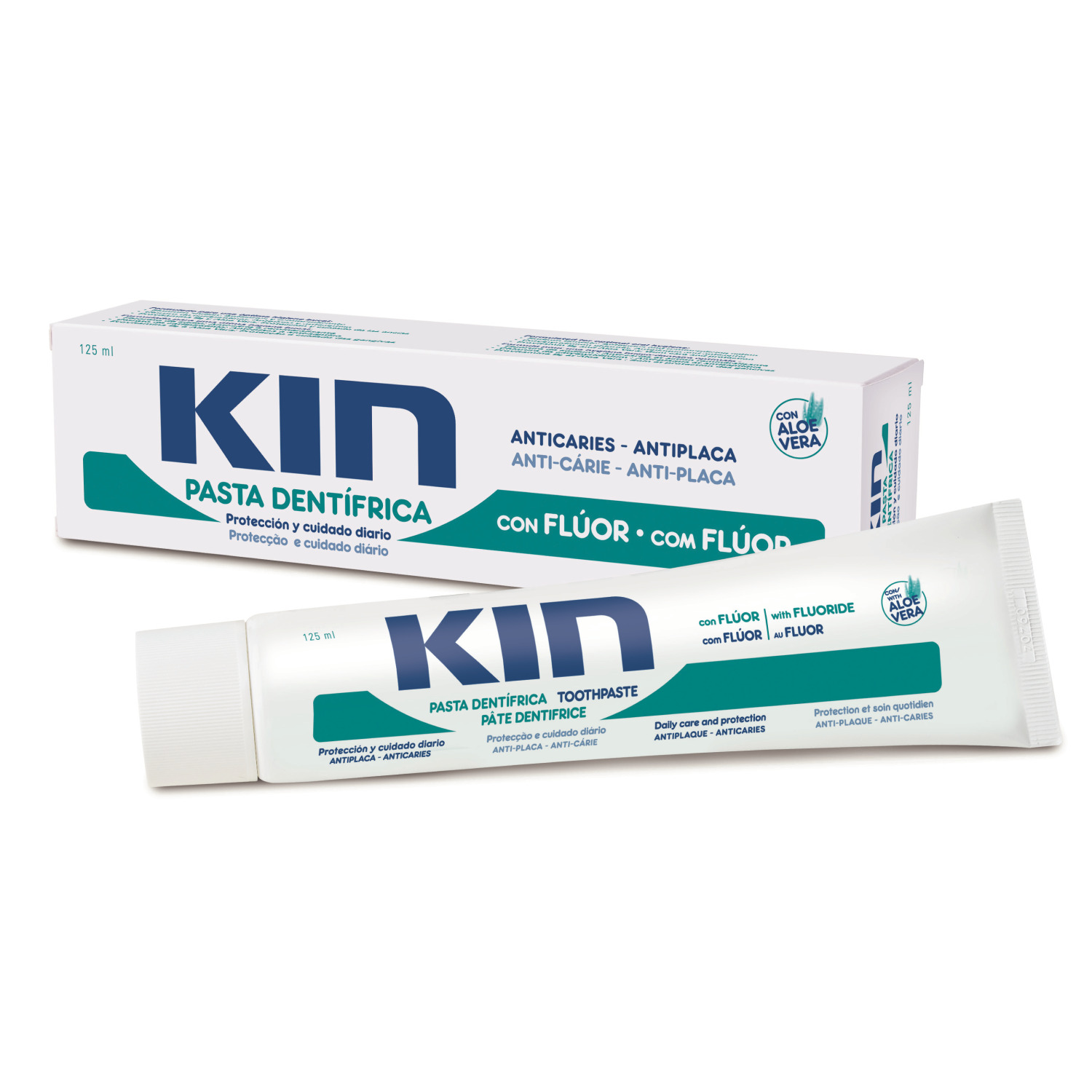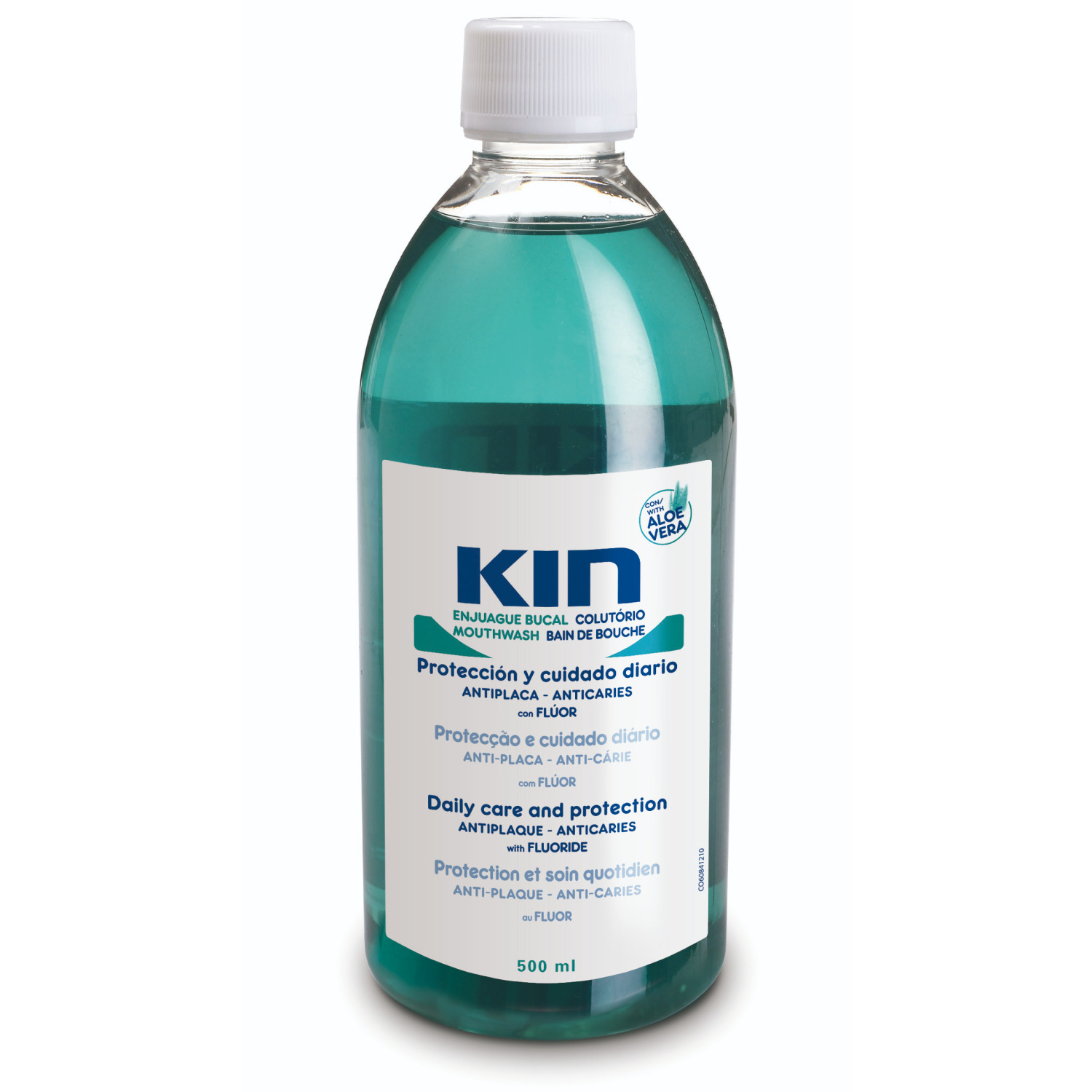Caries is the most common oral disease among the population. With this complete reading guide, we have compiled all the information you need to prevent tooth decay in children and adults, as well as the most common treatments to combat it: fillings and endodontics. Find out all the details!
KIN CONTENT GUIDES
A guide to the prevention and treatment of dental caries
Table of Contents
- 1. What is caries?
- 2. What are their causes?
- 3. What types are there?
- 4. Crown caries
- 5. Fissure caries
- 6.
- 7. Root caries
- 8. Interdental caries
- 9. Treatment
- 10. fluoride for prevention
- 11. Dental caries and diet

1. What is tooth decay?
The first step in preventing and combating any health problem is to go directly to the root cause. Dental caries is a lesion in the tooth produced by the activity of what is known as bacterial plaque or dental biofilm.
The bacteria responsible for dental plaque are found naturally in the oral cavity, but when conditions are right, they develop and grow in number, releasing acids that damage the enamel. Do you want to know more about caries, how it is produced and how to treat it? You have all the information on the KIN blog.
Read more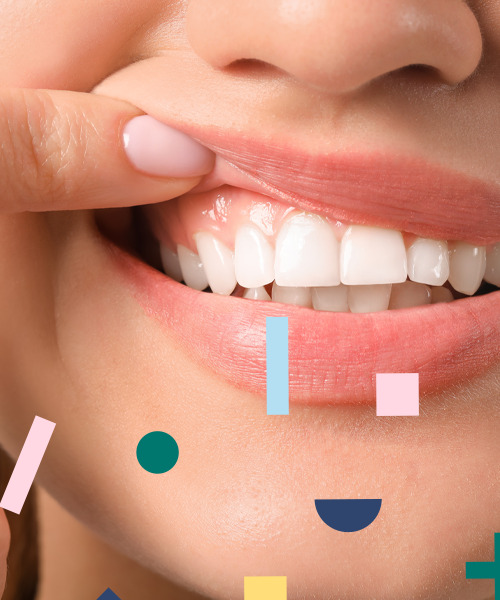
2. What are their causes?
The damage to the tooth caused by the action of acids released by cariogenic bacteria is commonly known as caries. Not all bacteria in the mouth are responsible for this disease. But it is very important to maintain proper hygiene to control the multiplication of these microorganisms.
Eating a diet rich in sugars, dry mouth, taking certain types of medication and, above all, a lack of oral hygiene are some of the main causes of tooth decay in the general population. These causes can also be genetic, be related to certain habits, or change at different stages of life.
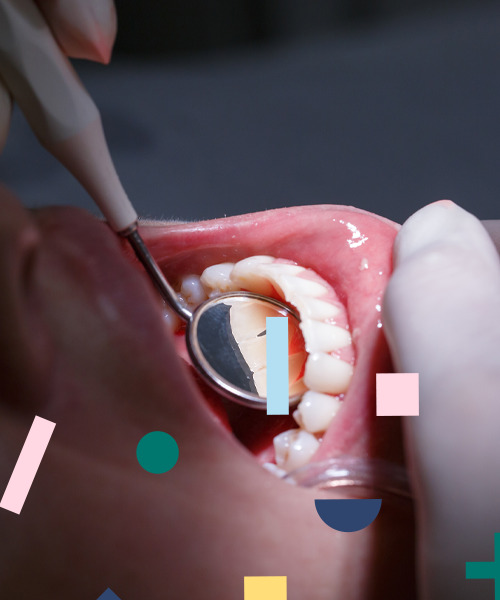
3. What types are there?
Caries begins with the formation of dental plaque on the outermost layer of the teeth. Although enamel is the hardest tissue in the human body, it is gradually damaged by the acids in plaque.
Depending on the location and state of the damage, dentistry differentiates between various types of dental caries. This damage can occur in both milk teeth and permanent teeth in children and adults. Knowing which type of caries is involved is important in order to apply the most appropriate treatment.
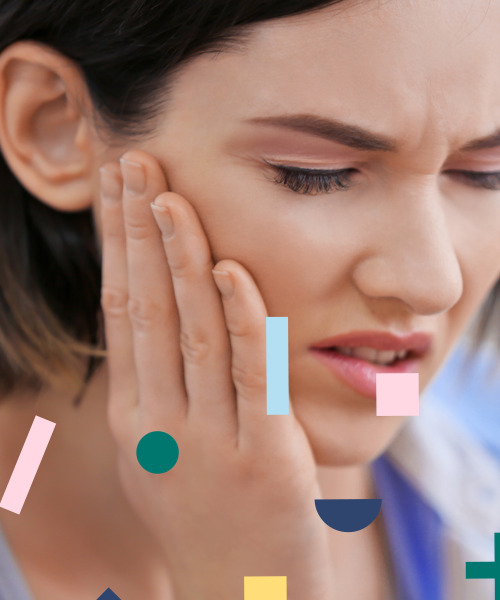
4. Crown caries
Crown caries is the deterioration of the enamel that appears in the visible area of the tooth, the area above the gum. They are more common among young people and children, and mainly affect molars.
In an early stage, crown caries is visible as a discolouration of the tooth that turns yellow. In a more advanced stage, the damage becomes more evident, with the typical dark colour of caries, as well as other characteristic signs.
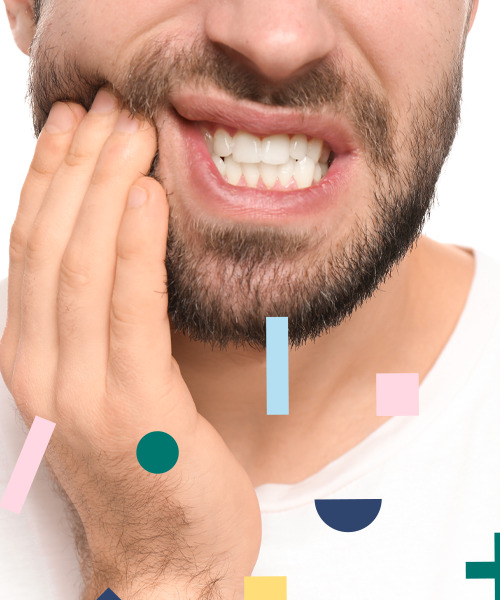
5. Fissure caries
Taking advantage of the small fissures, typical of the anatomy of the enamel that covers the tooth, the pathogenic bacteria present in dental plaque are easily deposited and, little by little, deteriorate the structure of the enamel. This is known as fissure caries.
This type of caries is also common in the back teeth and molars, especially in young people who do not take care of their daily dental hygiene.
Your KIN must-haves:
Find us at:
You can buy our products in your nearest pharmacy.
Find us in your trusted online store.
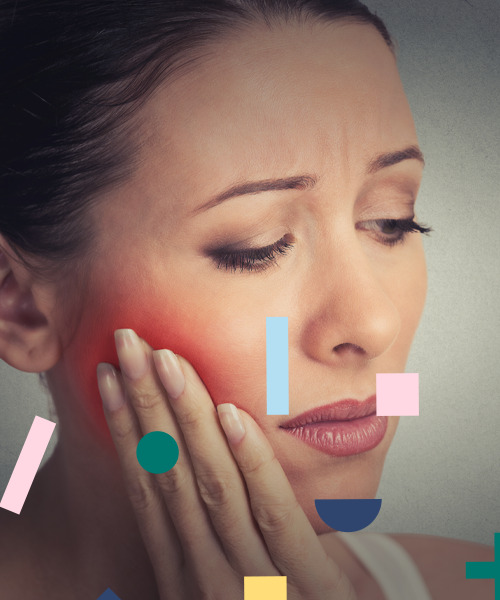
7. Root caries
The root of the tooth lacks the enamel layer that protects it from the outside. Instead of this hard tissue, the gum acts as a shield, preventing the various types of damage that can occur to this more delicate tissue.
However, when gum recession occurs, the root of the tooth can become exposed, leaving the dentine exposed to the action of dental plaque. When bacteria damage this area, it is known as root caries, which is one of the main causes of tooth loss.
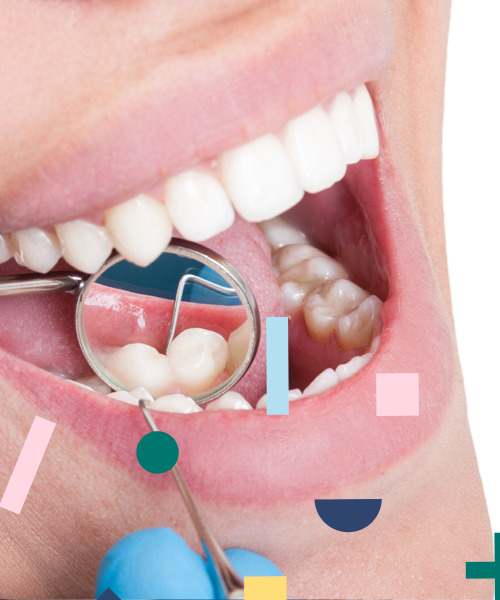
8. Interdental caries
The interproximal spaces are the great forgotten areas in dental cleaning. These gaps between the teeth where food usually remains are the main reservoirs of dental plaque, where interdental caries often occurs.
The use of interdental brushes and dental floss are the best remedy to remove food debris and plaque that concentrates where the toothbrush cannot reach. When a cavity occurs between two teeth, the only way to detect it is by visiting the dentist. For this reason, it is very important to be extremely hygienic, in addition to putting into practice other tips to prevent interdental caries.
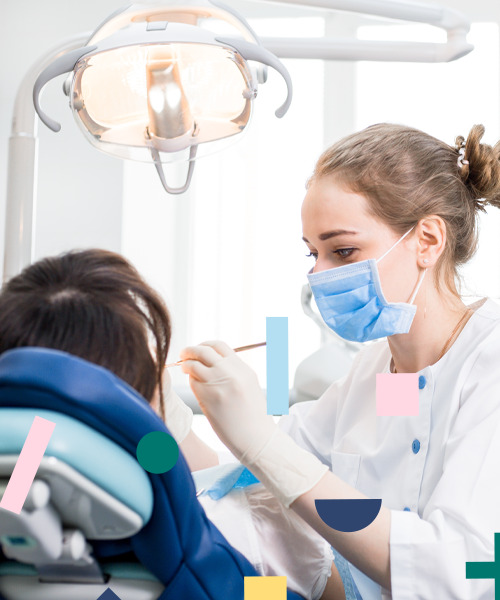
9. Treatment
For the treatment of caries there is a speciality known as conservative dentistry. Once the lesion in the tooth has occurred, it is extremely important to visit the dentist to make a correct diagnosis and find the most appropriate treatment.
There are two types of treatment for caries: obturation and endodontics. Do you know what each of them consists of? Whenever it is possible to preserve the functionality of the tooth, the less invasive treatment will be chosen. In addition to the dentist's intervention, the patient must adopt new hygiene habits and take the necessary care to maintain the integrity of the teeth, preventing the reappearance of new caries.
Find your nearest KIN pharmacy

10. fluoride for prevention
fluoride is one of the main ingredients found in toothpastes, mouthwashes and other oral hygiene products. What is the importance of fluoride for tooth care? How much of it should be in a toothpaste to achieve the desired effect?
The main function of fluoride is to remineralise teeth, hardening the enamel to protect against the action of dental plaque. It is beneficial for both children and adults. However, in order to use it correctly, it is necessary to know how to incorporate it into daily dental hygiene to take advantage of all its benefits.
Read more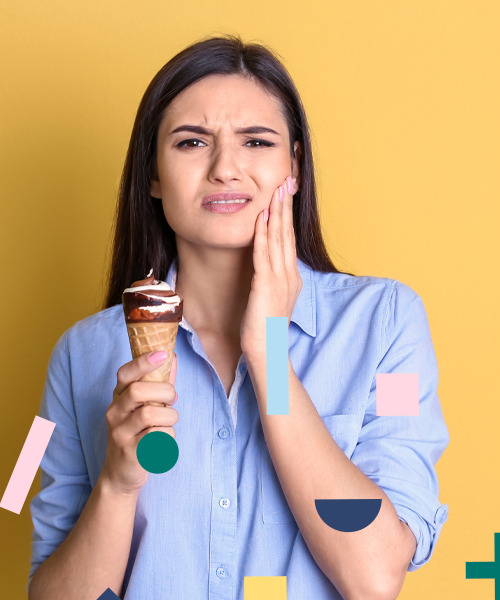
11. Dental caries and diet
The type of foods that make up a person's regular diet can have both a positive and a negative influence on the health of their teeth. Diet and dental health are closely related. Do you know how different foods affect the health of your teeth?
We analyse which foods and eating habits tend to cause tooth decay in the general population. Also the foods that provide multiple benefits to oral health, strengthening the enamel and controlling the formation of dental plaque.
With simple daily hygiene and dental care habits, it is possible to prevent caries or enhance the effect of dental treatments to maintain a healthier and more beautiful mouth.
Read moreBIBLIOGRAPHY

